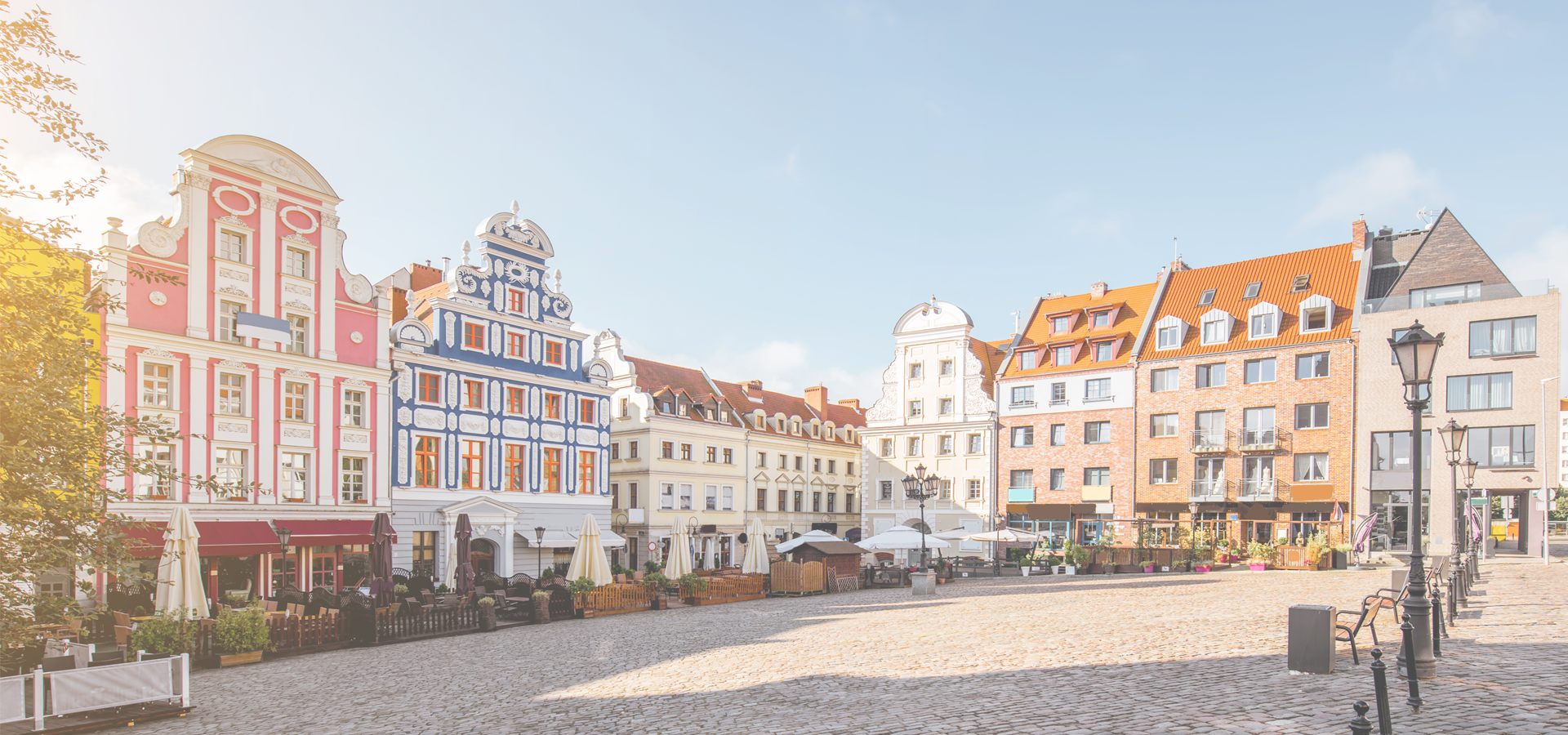Nowogard, Goleniów County, West Pomeranian Voivodeship, Poland
🇵🇱 Nowogard is a town in north-western Poland, in the West Pomeranian Voivodeship.
History In the 10th century the area became part of Poland. Probably then the first Catholic chapel was established in present-day Nowogard. The town's origins go back to a fortified Slavic settlement which was the seat of the local castellan. The settlement was first mentioned in 1268 as "Nogart" when Barnim I, the Duke of Pomerania granted it as a fief to the Bishopric of Cammin (Kamień Pomorski). The bishops erected a castle in the city. In 1274, the town and its surrounding area was administered by Otto von Eberstein, it remained in the possession of the "von Eberstein" family until 1663. They were a side-wing of the Counts of Everstein (sometimes also called Eberstein) from Lower Saxony with their ancestral home Everstein Castle on the Burgberg (ridge).
In 1309 the town adopted German town law. In the first half of the 14th century, fortifications were erected with an oblong market square in the centre of the town. This is where the town hall and the St. Mary's Church were erected. In 1663, after the death of the last Eberstein, Naugard became property of Ernst Bogislaw von Croÿ and in 1684, property of the electors of Brandenburg. During the Napoleonic Wars, in 1807, the town was captured by allied Polish-French-Italian forces. In the 18th century, the town became part of Prussia, and from 1871 it was also part of Germany. During World War II many forced labourers of different nationalities were brought to the town by the Germans, and there was also a Nazi German prison for youth in the town.
Throughout the Soviet East Pomeranian Offensive operation of World War II up to 60 percent of the town was destroyed. On the 5 March 1945, the town was taken by the Red Army, and the population fled or was expelled in accordance to the Potsdam Agreement. Following the war, Nowogard became again part of Poland, although with a Soviet-installed communist regime, which stayed in power until the Fall of Communism in the 1980s. It was resettled with Poles. The first new Polish settlers were the freed forced labourers.
Location Nowogard has been situated in Goleniow County of West Pomeranian Voivodship since 1999, but formerly in Szczecin Voivodship from 1975 to 1998. It is located 60 km (37 mi) north-east of Szczecin and 55 km (34 mi) south of the Baltic coast.
Sights The city's main tourist attraction is a large lake which extends to the centre of Nowogard. Its surface covers 1.12 square km (12,100,000 sq ft) with a length of 2,680 metres (8,790 ft) and a width of 620 metres (2,030 ft). Surrounding forests have mushrooms, berries and game. Historic heritage sights include the Gothic Church of the Assumption and medieval town walls.
Transport The Polish S6 highway acts as a bypass of the town, and the Voivodeship roads (roads of regional importance) 106 and 144 pass through the town. There is also a train station in Nowogard.
Europe/Warsaw/West_Pomeranian_Voivodeship

Nowogard has a population of over 16,733 people. Nowogard also forms part of the wider Goleniów County which has a population of over 78,738 people. It is also a part of the larger West Pomeranian Voivodeship. Nowogard is situated near Goleniów.
Twin Towns, Sister Cities Nowogard has links with:
🇷🇸 Gornji Milanovac, Serbia 🇩🇪 Gützkow, Germany 🇩🇪 Heide, Germany 🇸🇪 Kävlinge, Sweden 🇲🇰 Veles, North Macedonia